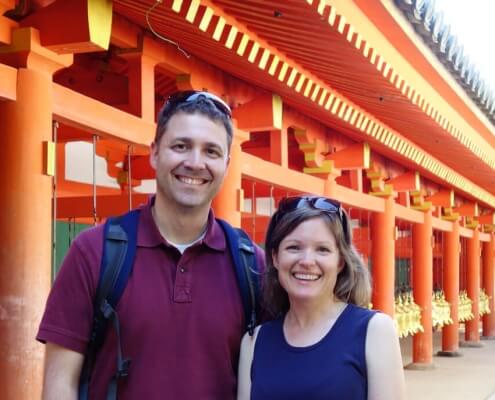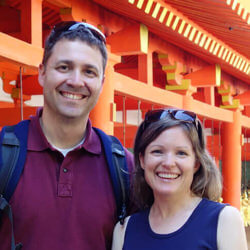Discovering Sekigahara in Gifu, Japan
Nestled in a small valley in Gifu Prefecture lies Sekigahara, a town steeped in history and cultural significance. Renowned for its pivotal role in shaping Japan’s future, the town offers visitors a journey back in time.
CONTENTS
A Brief History
Sekigahara is best known for the pivotal battle between Tokugawa Ieyasu and Ishida Mitsunari. This decisive clash in 1600 forever altered the course of Japan’s history. The outcome led to the beginning of the Edo period, with over 260 years of peace and stability.
Battlefield Monument
Why Visit Sekigahara?
Sekigahara offers a blend of historical significance and natural beauty. You can wander through the streets lined with rice paddy fields and old houses, and get a feel of what it was like centuries ago.
View of Sekigahara War Land from Mt. Matsuo
What to See
There are many spots that echo the events of that fateful day in 1600. Exploring these sites brings the Battle of Sekigahara to life.
- Sekigahara War Land: An outdoor museum that is spread over the actual battlefield. There are large monuments depicting various scenes from the battle.
- Mount Matsuo: This was Ieyasu’s strategic headquarters, and it offers a panoramic view of the battlefield.
- The Sekigahara Battlefield Memorial Museum: The Sekigahara Battlefield Memorial Museum provides a detailed account of the battle with relics, displays, and a diorama of the battlefield. Here, you can take a deep dive into the details of the battle through interactive exhibits and artifacts.
- Sekigahara Townscape: Stroll through the charming streets and admire well-preserved traditional buildings.
- Ishida Mitsunari Grave: A humble monument to the general who lost the battle. It’s located near the battlefield.
The town also hosts an annual historic festival that takes place in October, and features a reenactment of the Battle of Sekigahara.
Farmer Planting Rice
Getting There
Sekigahara is easily accessible by train from major cities such as Kyoto and Nagoya. Take the Shinkansen to JR Maibara Station. Then take a local Tokaido Line train toward Samegai, and get off at JR Sekigahara Station. From there, it’s an easy 10 to 15-minute walk to the sites.
Want a Unique Japan Trip?
Discover Japan planning secrets with our best-selling Itinerary Planning Course. Or inquire about our exclusive Small Group Tours.
Conclusion
With its historic significance, natural beauty, and warm hospitality, Sekigahara is a great off-the-beaten-path destination and offers a historical journey into Japan’s past. It’s an enchanting town with a vast legacy.


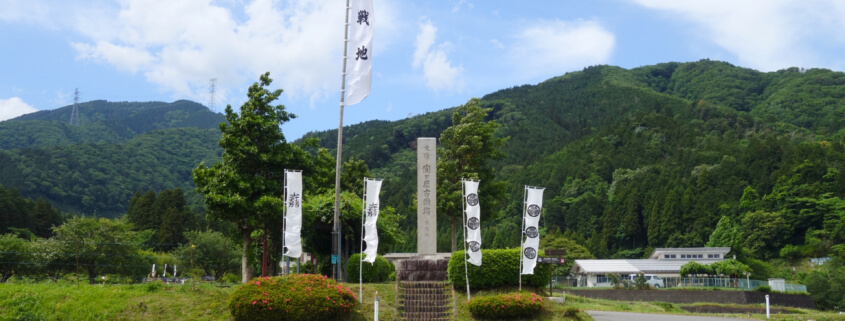 ©JAPANandMore.com
©JAPANandMore.com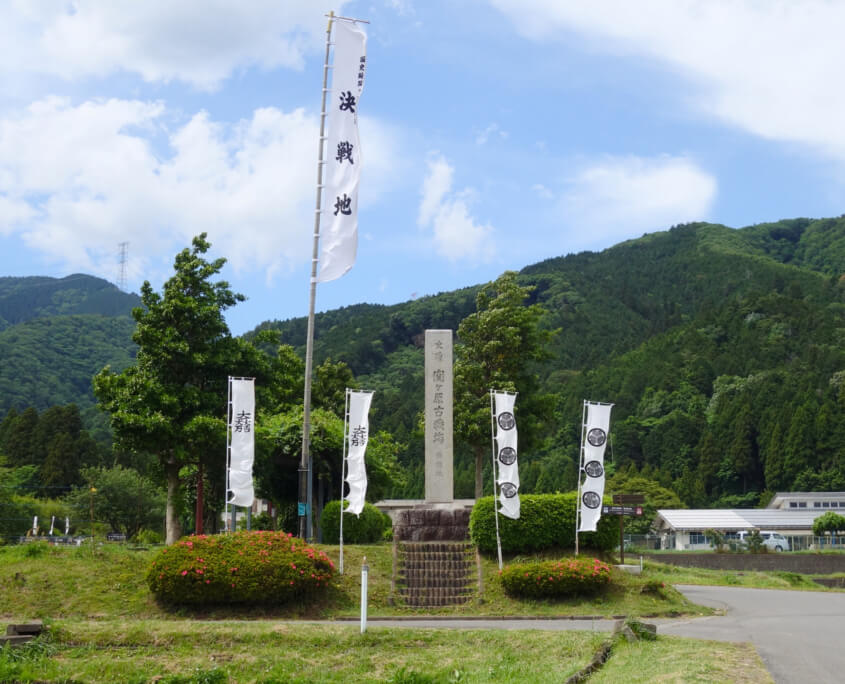
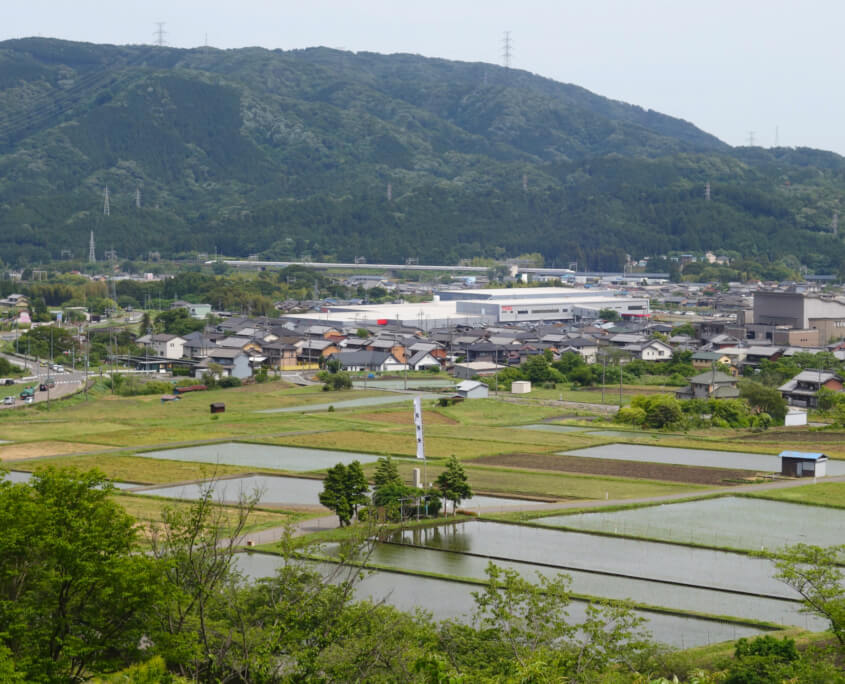
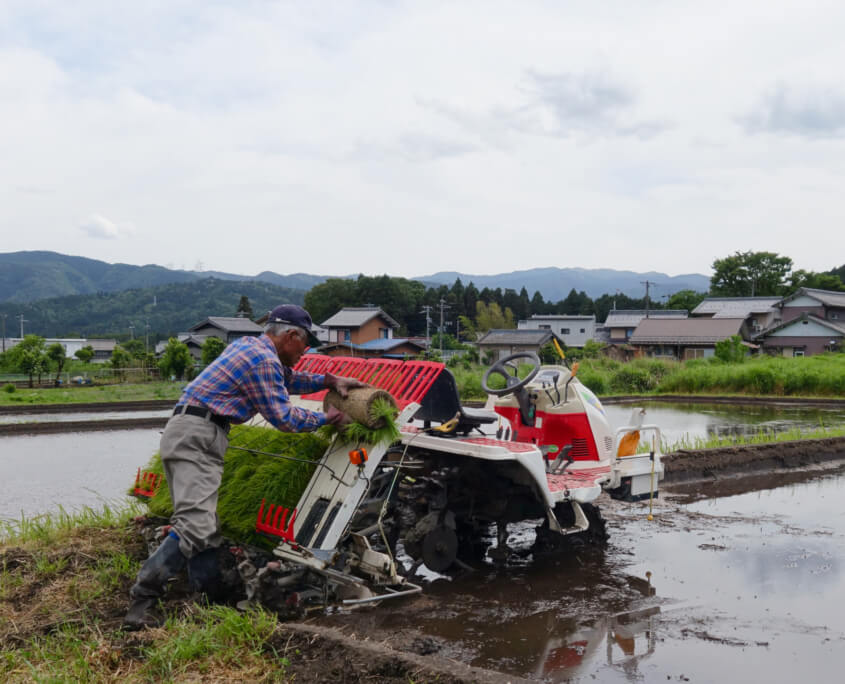
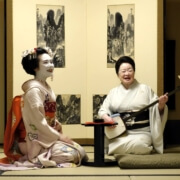 ©JAPANandmore
©JAPANandmore  @JAPANandmore
@JAPANandmore 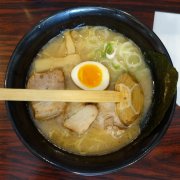 ©JAPANandmore.com
©JAPANandmore.com  @JAPANandmore
@JAPANandmore 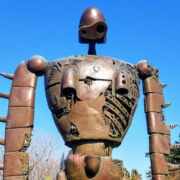 @JAPANandmore
@JAPANandmore 
